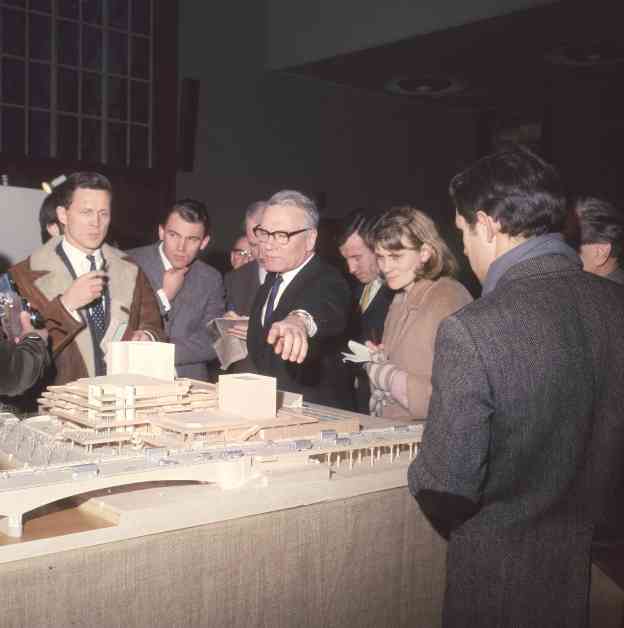In 1976, Queen Elizabeth II officially opened the National Theatre in a grand ceremony on a rainy morning. Her Majesty expressed her hope for the theatre to be filled with the magic only theatre can provide. The event was attended by politicians, architects, and officials who gathered on the South Bank to witness the historic moment.
The opening of the National Theatre marked a significant breakthrough after years of dashed hopes and delays. The idea for a national theatre was first proposed in 1904, but progress was halted by the First World War. It wasn’t until 1949 that parliament passed the National Theatre Bill, authorizing funds for the building.
Actor Laurence Olivier played a crucial role in the development of the National Theatre. Appointed as Director in 1962, Olivier gathered a talented company of actors and directors to launch productions at the Old Vic. Despite numerous setbacks and delays in the construction of the new building, the National Theatre finally opened its doors in 1976.
The new National Theatre was a symbol of ambition and optimism, larger than any theatre in Europe or America. Despite challenges such as industrial strikes and budget cuts, the company remained dedicated to producing quality performances. The name of the theatre was later changed to the Royal National Theatre in 1988 to commemorate its 25th anniversary.
The opening of the National Theatre in 1976 was a momentous occasion that marked the culmination of decades of hard work and dedication. The legacy of the theatre continues to thrive, providing audiences with unforgettable theatrical experiences.












